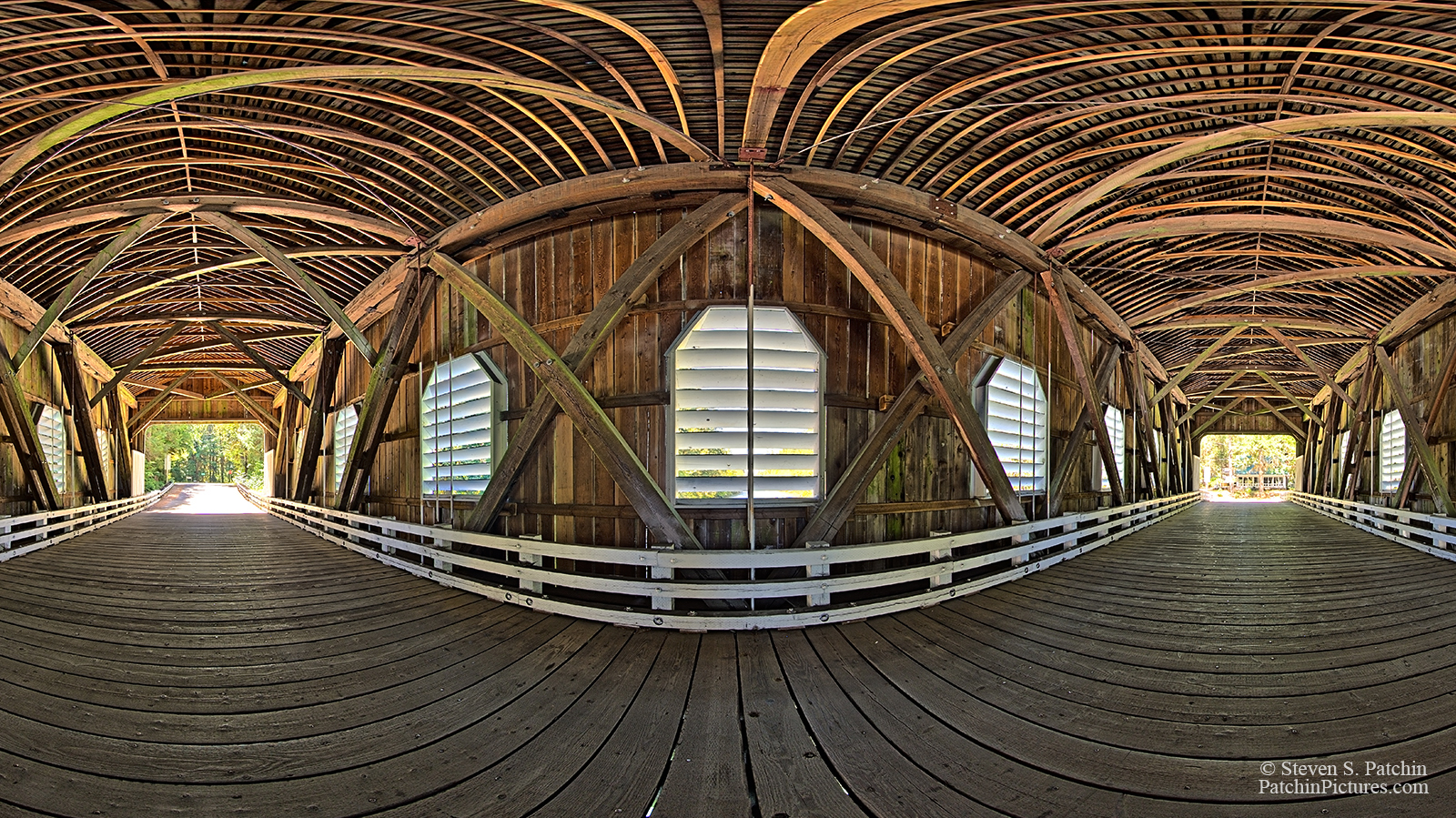With the knowledge that the auction record for a photograph is $4.3 million (see my blog $4.3 Million for a Photograph?) a discussion about art and photography is appropriate, but more generally, a discussion about what art is. I’ve called myself a photographer since the 80s, but I didn’t think about whether or not I was an artist until recently. It just didn’t cross my mind, regardless of the type of work I produced.
In college, I took an art history class. I discovered that the academic definition of art is very different from my definition. One of the key differences is that art historians and experts typically disregard the viewer of the art when defining what art is. They emphasize the intentions of the artists rather than the experiences of the audience. I was taught that something is art because the artist says it is (which begs the question: who says he or she is an artist?). Or they would say that art is art because it makes a statement or the “artist” has something to say. Often, the harder you would have to search to discover what the artist might have to say, the “deeper” the art was supposed to be. So, in theory, if someone makes an unintelligible painting, there are lots of ambiguous labels to put on it that can give it the aura of being art: it’s abstract, contemporary, post-modern. Well, if it’s one of those things, it must be art, right?
Should Experts Tell Us What Art Is?
I once wrote a college paper about a painter’s show, basically using all the gibberish I was taught to “explain” why this “artist” painted dozens of pictures of fish with hooks in them. I made up all kinds of garbage on the deep meanings I was supposed to explain in my paper. The professor loved my comments until I ended the paper by declaring that my analysis was made-up bullshit. That really upset him because, apparently, the “artist” was the head of the art department. But I still got a good grade because he had written so many good comments in pen on my paper before reading my conclusion.
We Can Decide for Ourselves
My problem was, and still is, that the viewer/observer of the work/art is necessary, not a side effect. The work does not have inherent meaning all by itself, regardless of the artist’s intentions. If the work can not affect or reach someone other than the maker of the work, it really is of no consequence as art. It has to be of some consequence to be art. It has to mean something to someone. And, although the artists’ intentions are relevant, and often interesting, their intentions should not be a dominant factor in defining whether or not something is art. For example, if a painter chooses fish and fish hooks as his subjects, and decides to paint dozens of pictures of them, can he express himself in such a way that people are affected by his work or that he can reveal something about his apparent obsession? Or has he simply made a bunch of fish pictures? To me, the fish pictures meant nothing, and the artist did not bother to find a way to reach me (or I did not bother to understand, even though I apparently had the ability to make up a valid analysis). To me, it was not art but a bunch of paintings. To someone else, it was art. That’s fine.
It Depends . . .
So, I said all this in order to declare what should be obvious: that art is subjective. Yes, it depends on the observer. It is not art in-and-of-itself. Thus, the classic definition revolving around artist intentions should be subservient to what the art means to people. How does it affect them? To me, that is the most important thing. Do they get tired of looking at it, or do they enjoy it more over time? How does a picture make people feel? If it does not give them pause, cause some emotional or intellectual response, get them to feel something, it is nothing more than information. Of course, defining art goes far beyond emotional response, and much more is needed for something to be art. In another blog, I will attempt to create a functional definition. In the mean time, I would love to hear what you have to say about this. Let’s get a conversation going. Please post comments below.


Comments are closed.